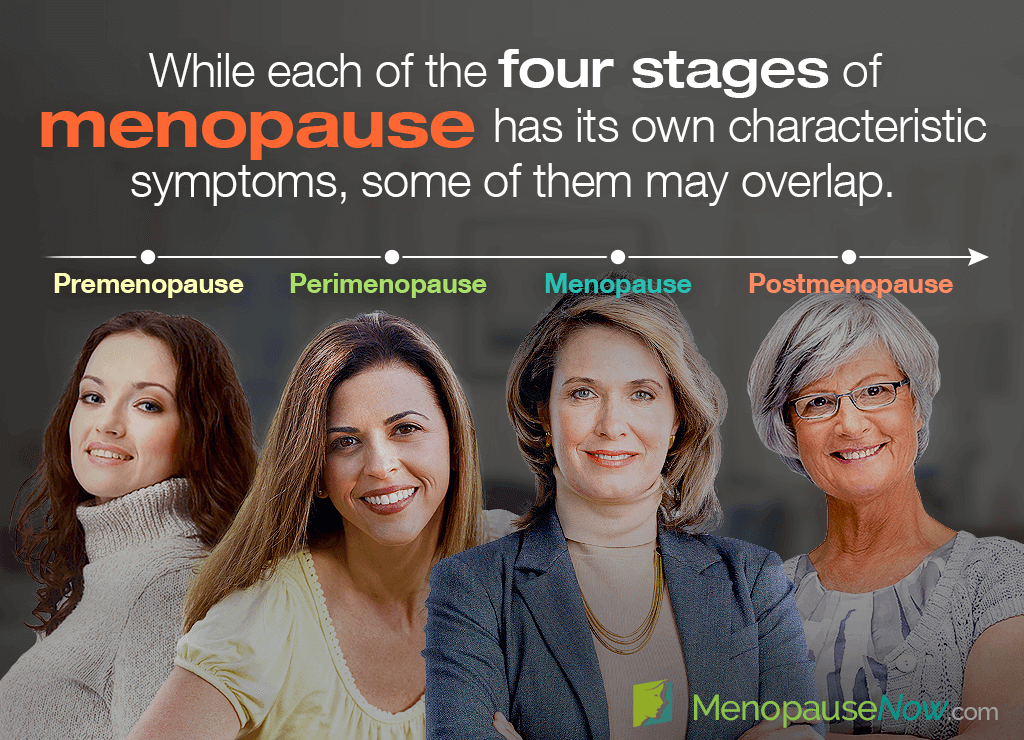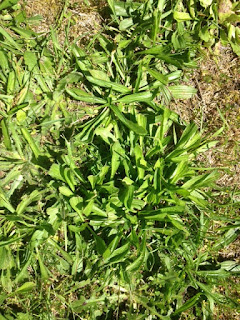It has been many years since I discovered the wild roses growing in abundance on our land. We moved here in December and I did not know that the thicket down on the land was over an acre of roses. It has been a beautiful and miraculous journey since then.
 |
| After the wild rose harvest on our land. It rained during our harvest so I needed to wait until they were dry of rain water. I made a gallon of infused oil. |
I have always had the rose as my ally and my teacher. I grew up with rose in my mother’s garden and when I became an herbalist I would go to places around Puget Sound in search of wild rose and harvested what I could.
And then we moved here. I had only scratched the surface before. I began to listen to the wild rose and what she had for me on our land.
So many years later, I have just completed another Journey of the Rose Weekend…journeys with rose, stories from rose, crafting with rose and harvesting an abundance of rose.
 |
| Wild Rose... An exquisite example of a wild rose blossom. |
The way we work with the wild roses here on our land is very personal. Shamanic listening exercises are offered to bring you into intimate relationship with rose. You discover things about yourself. The roses mirror what is true about you and shares this wisdom with you.
 |
| I crafted the Wild Rose leaf and flower into tincture. |
What about the more linear description of healing with wild rose? Wild rose is anti-viral, anti-bacterial, calming for the nerves and heart and softening and healing for the skin. Amongst many other healing properties. How does that fit in with the invisible teachings of rose?
These linear ways of working with plants grew out of the old ways that are more personal and invisible. The old ways have been left behind in many teachings about plants these days. There isn’t a separation between the invisible teachings of the plants and its physical properties. There is only wholeness. In fact, the physical nature of the plants is essential in connecting with the plant’s wholeness. When we partake of an herbal preparation that we have crafted from the plants, we receive its wisdom…what it has for us. This personal connection that the plants offers us is in the vinegar, is in the tincture or oil. We receive its wisdom when we receive its nourishment.
What wild rose has offered people again and again is a shift in perspective, from one of suffering to one of possibility. This quality is not overt, it is mysterious and subtle and one may not even realize it is occurring.
The beauty of the flowers, the fragrance, the contrast between the dark green leaves and the fuchsia-pink blossoms and the thorns all play a part in the wholeness and healing of wild rose. Within the physical is the spiritual...within the spiritual is the physical....this is wholeness.
There is richness in the wholeness of healing in the shamanic herbal tradition. And though there is a great deal to learn and explore, this way of healing is uncomplicated and natural.
May it be in Beauty.





